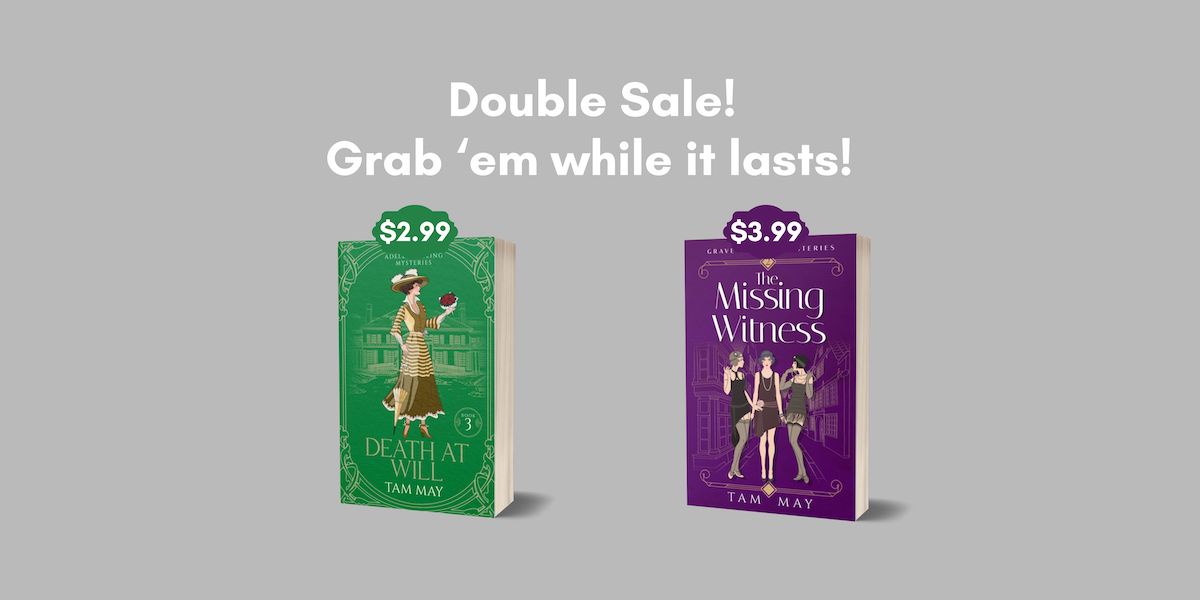
As mentioned below, the Freemasons boasted of some pretty important people among its members. In the photo above, Prince Albert and King George VI are among the Grand Masters of this Freemason lodge in Scotland.
Photo Credit: Photo with, among others, Prince Albert and Duke of York, who later was to become King George VI from Lodge Glamis No. 99 in Forfarshire, Scotland. Photo taken by Peter Ellis on 2nd June 1936. Masonic Centre, Queanbeyan, New South Wales: Scribedia/Wikimedia Commons/CC BY SA 4.0
Sometimes things come up in novels that you never thought you’d find yourself dealing with. The entire writing and rewriting process of Tales of Actaeon has been like that for me. As I mention here, much of my fiction is about women. My historical fiction is loaded with ideas about women’s place in the 19th and early 20th centuries, their isolation and limitations within the separate spheres. Most of my protagonists are women.
But for Tales, I chose to write the story of Jake Alderdice. Jake is the younger brother of Vivian Alderdice the unofficial protagonist of the series. As a young man coming of age in the last years of the 19th century, I was interested in definitions of masculinity in the Gilded Age, this transitional time between Victorian and modern (ergo, 20th century) values. In his story, then, the idea of secret societies and fraternities came up.
Although such societies were nothing new in the 19th century (the Freemasons established a foothold in America as the granddaddy of all secret societies in the 18th century and boasted of such members as George Washington, Paul Revere, and Benjamin Franklin), their heyday occurred in the late 19th century. In fact, editor Alfred C. Stevens wrote a book in 1899 called The Cyclopaedia of Fraternities that claims to document more than 600 of these societies active in America at the time.
Why did secret societies and, I should add, specifically male fraternities, flourish in the Gilded Age? There were practical reasons, of course (such as secret societies based on business interests where members could make valuable connections) but I’m talking here of the more psychological reasons. I didn’t find much in my research about this, but I have a few ideas of my own. As I mention in my blog post, this was a time in America for great change and innovation. The nation was shifting from Victorian to modern very fast, and, in the eyes of many, not necessarily for the better. Excess, commercialism, and corruption abound. The life many people once knew was rapidly being hurled toward the new century. In this chaotic atmosphere, secret societies offered a sanctuary. Many based their ideals on “old-fashioned” values and established rules, rites, and rituals that remained static amidst the armageddon of the changing world. They also offered a stable identity for many of their members (for example, the Knights of Pythias was organized in the mid-19th century based on the ethic of brotherly love). They gave Gilded Age men a sense of identity, belonging and protection, the feeling that someone “had their backs”. They also gave men (predominantly white, Protestant, and middle class) the feeling of superiority. The assurance of these men of their domination had been theirs for much of the 19th century but was starting to crumble with the advert of labor unions, immigration, and women’s rights. Even the sometimes bizarre and frightening initiation for new members was a sort of badge of courage for members to wear after they became members.
Unfortunately, many of these secret societies have a bad reputation. Popular media has portrayed many of them either as silly and junior-highish or dangerous. One great example is in a film I talked about on my old blog called Smile. Make in 1975 at the height of the women’s movement, the film is a social satire of the worship of beauty in America in the form of beauty pageants. One of the film’s subplots involves a male fraternity with a rather disgusting and humiliating initiation that involves kissing a rather unsavory part of a raw chicken. The enthusiasm and excitement that “Big” Bob (Bruce Dern), already a member, shows toward this ritual as he explains it to his friend, Andy (Nicholas Pryor), who is about to be initiated, makes a mockery of the more serious initiation rights of many secret societies and, in the context of the film, serves to show male ideas of fun and fulfillment (like the beauty pageant itself) as absurd and immature.
In Tales, Jake is introduced to a secret society of men called The Order of Actaeon. Their philosophies are based on Theodore Roosevelt’s ideas of combining manly virtue and honor with masculine aggression and cunning. However, many of these philosophies become twisted into a definition of modern masculinity that lead to tragedy at the end of the novel.
To learn more about Tales of Actaeon, due to come out in December, please see this page. To find out more about the Waxwood Series, please go here. And if you’d like to read an excerpt from Tales that involves the secret society in the book, you can do so if you join my readers group in Facebook, Tam’s Dreamers.

